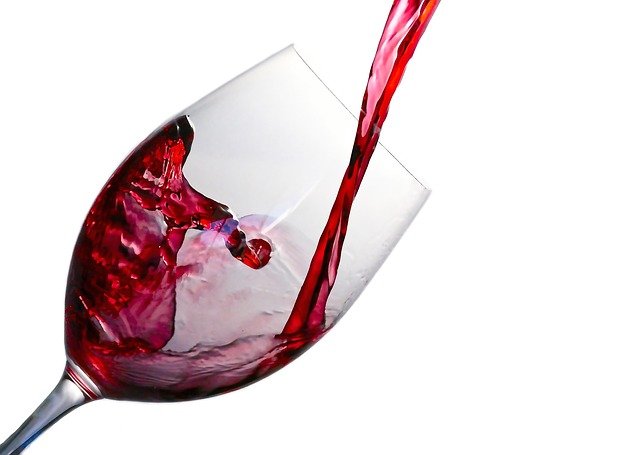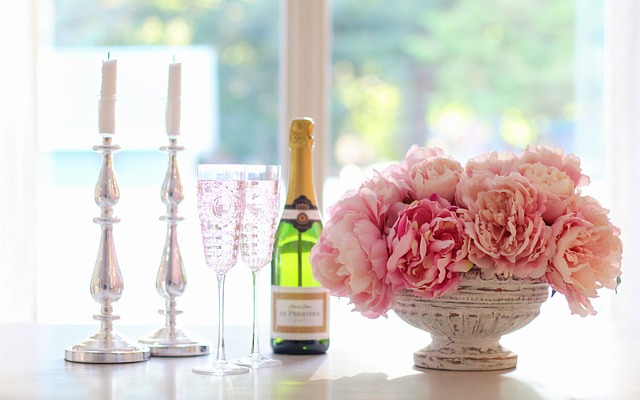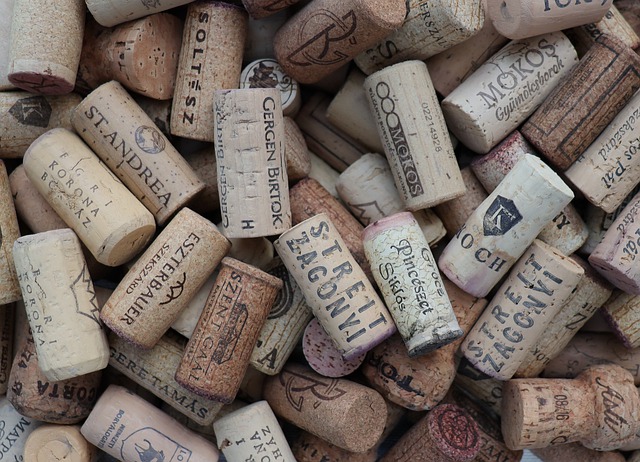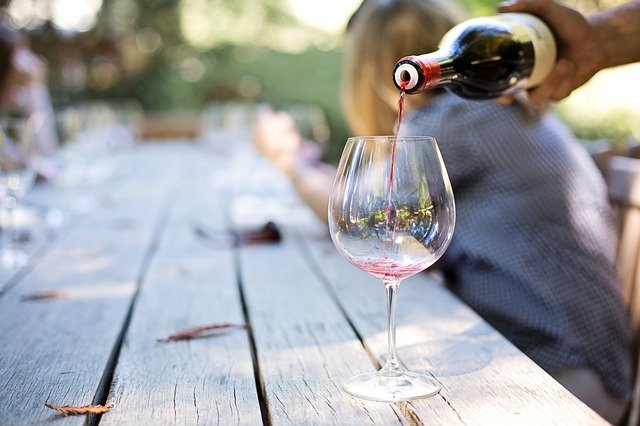Have you ever opened a bottle of Rioja wine and drank it all in one night, only to find out that the next day, it tastes terrible?
Do you want to enjoy that bottle of Rioja again, but are afraid of what would happen if you put the rest in the fridge? This article will explain how to keep Rioja wine after being opened so that you can enjoy your favorite Spanish red again and again.
Table of Contents
- 6 Facts To Keep Your Rioja Wine Fresh After Opening
- How Long Does Rioja Wine Last after Opening?
- Should Rioja Wine be Chilled?
- Conclusion
6 Facts To Keep Your Rioja Wine Fresh After Opening
Here I’ve shared 6 essential ways you can follow in order to keep your Rioja Wine fresh after you open it. Because who likes bad-aged wines? As the smell can be disgusting and many others. So let’s check the facts.
#1 Sealing And Storing Wine
One of wine’s biggest enemies is oxygen, which can cause it to change color and taste less than ideal. There are a few ways you can help preserve that new-bottle flavor when you don’t finish off an entire bottle right away.
First, you should immediately store a partially drunk bottle upright so that no air gets into it. Next, if you decide to hold onto it for later, put it in a smaller container like a glass or pitcher; any contact with air will be minimal.
#2 Cork The Bottle
Once you’ve opened a bottle of wine, it’s best to recork it. Left uncorked, open wine will rapidly lose its flavor. The oxygen that comes in contact with the wine causes something called oxidation, which alters how our brains perceive different flavors.
If you’re not going to finish a bottle of Rioja within a few days of opening it, recork it immediately.
Simply pour what’s left into a smaller container so you can easily slide your cork back into place and keep air out until you’re ready to drink again.
#3 Keep The Bottles In The Freezer Or Refrigerator
We highly recommend storing your opened bottle of wine in either a refrigerator or freezer to maintain its freshness and flavor. When refrigerated, you’ll want to place your unopened bottle on its side with a cork stopper to keep air out.
If you opt for freezing, it’s best to do so while still in its original case as bottles don’t react well when frozen individually. While we don’t recommend transporting your wine after it has been thawed if you must do so, be sure to put it back in an ice pack and keep it cool.
This is not recommended for long-term storage of opened bottles but rather for taking them on short trips when an ice pack isn’t feasible.
#4 Vibration-Free and Humidity
Since exposure to vibration and humidity can cause a bottle of wine to lose its taste, it’s a good idea to store your bottle upright (away from all other bottles) on a sturdy shelf.
In some cases, you may even need to invest in an expensive wine storage unit that is specially designed for wines, or at least something like a wine rack or cupboard. Furthermore, be sure not to place anything else on top of or next to your wine.
The general rule is only one bottle per layer—so if you have multiple bottles of various shapes and sizes, get as creative as possible with how you arrange them so that nothing touches any other bottles.
#5 Dark Rooms
Keeping wine in a dark room is one of the most important ways to keep wine tasting fresh and flavorful. If you don’t have a dark, cool space in your home for storing your opened bottles, you can use tinted glasses.
Alternatively, consider using a faux cork (it will look just like an authentic cork but be clear) when pouring or decanting your red wines.
The tinted glass can also make it easier to identify sediment if it ends up making its way into your glass—and that’s something you don’t want to drink! A cloudy appearance is often indicative of oxidation, which isn’t something you want in aged wine.
#6 Avoid Heat And Light
When wine is stored in areas of high heat or humidity, and exposed to direct sunlight, it can spoil. Keep your opened bottle of wine out of direct sunlight and tightly capped to reduce oxidation.
If you want to re-cork your open bottle, you should use a cork that’s fresh and moist. If it’s old or dried out, your wine will more quickly oxidize. Once you’ve opened a bottle of red Rioja, try and finish it within three days for optimal flavor.
Better yet, drink it within 24 hours! White Riojas are slightly more stable than reds when left un-corked but will still spoil if left alone for too long – so don’t forget about that bottle!
How Long Does Rioja Wine Last after Opening?
Rioja wine will last up to two weeks after being opened. While they don’t need to be refrigerated, it’s best to keep them in a cool, dark place.
There are certain wines that are better suited for long-term storage than others; if you wish to cellar your Rioja, make sure that it’s one that can hold up under a bit of aging.
We highly recommend you consider our Best Red Wines for the Aging guide as well.
Should Rioja Wine be Chilled?
The reason most wine connoisseurs prefer to keep red wine around for a few days (or longer) is that it allows more of its flavors to develop.
Wines with tannins, like Cabernet Sauvignon or Merlot, will often taste best after they’ve spent some time in an open bottle, while wines made from white grapes often taste better as soon as they are opened.
For those who enjoy drinking both red and white wine at home, one of these two options can be used: buy a mix of wines so that you can try something new every night or make sure that your favorite varietals stay fresh by opening them early on Friday evening and keeping them until Sunday afternoon.
Conclusion
It’s been shown that consuming wine on a regular basis can help lower cholesterol and reduce your risk of heart disease. This is due to resveratrol, a chemical compound found in red wine.
Additionally, resveratrol could potentially slow down or even reverse aging by protecting your body from oxidative stress.
Alcohol has also been shown to be beneficial for cognitive health as it helps keep your mind sharp by enhancing blood flow to your brain.
As for keeping it fresh? If you plan on drinking some wines within a few days, there are many simple steps you can take before opening to ensure you get every last drop of flavor out of that bottle.
For example, make sure it’s stored at the proper temperature and light conditions; these two factors affect how quickly wine oxidizes and degrades.







